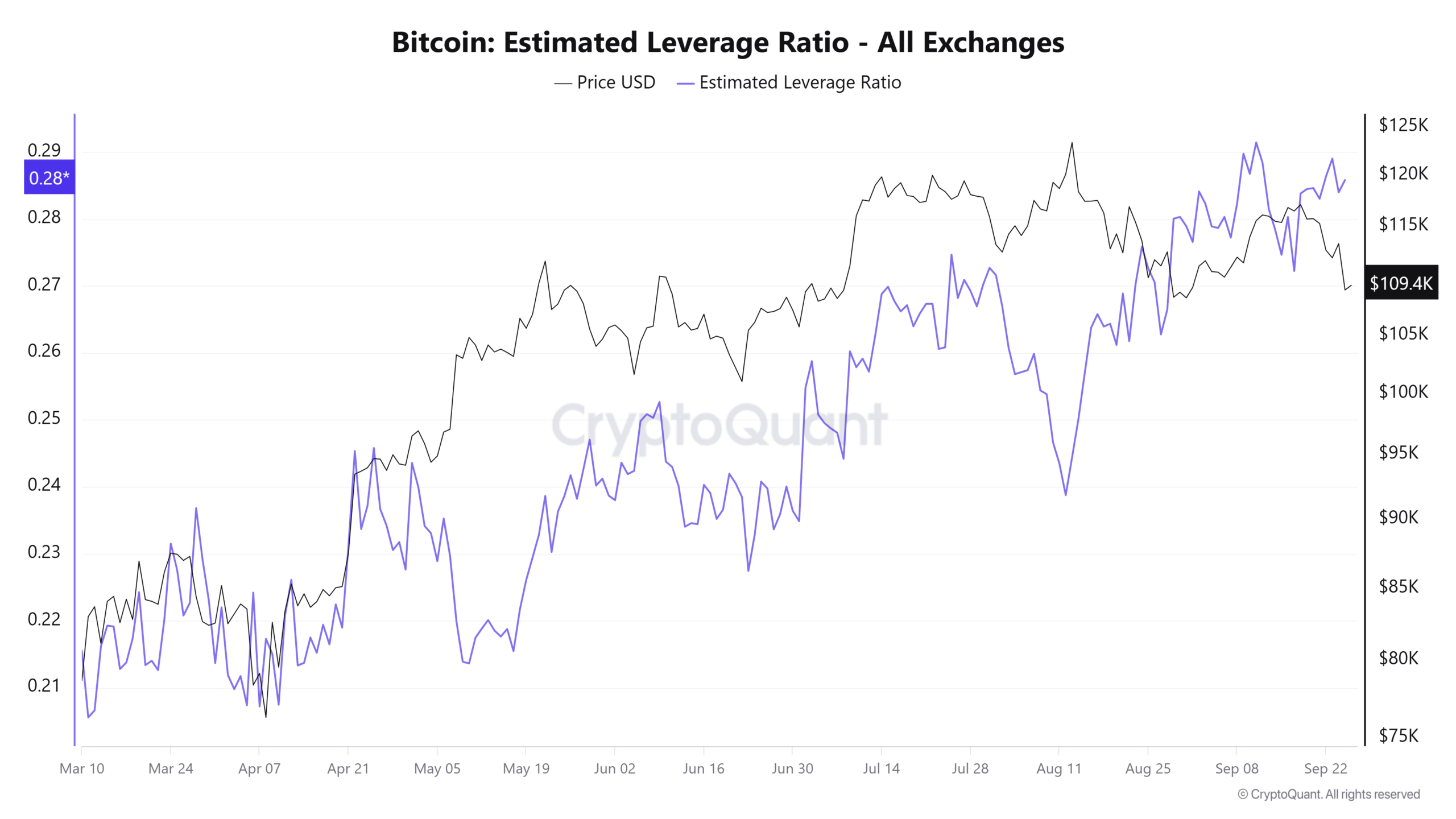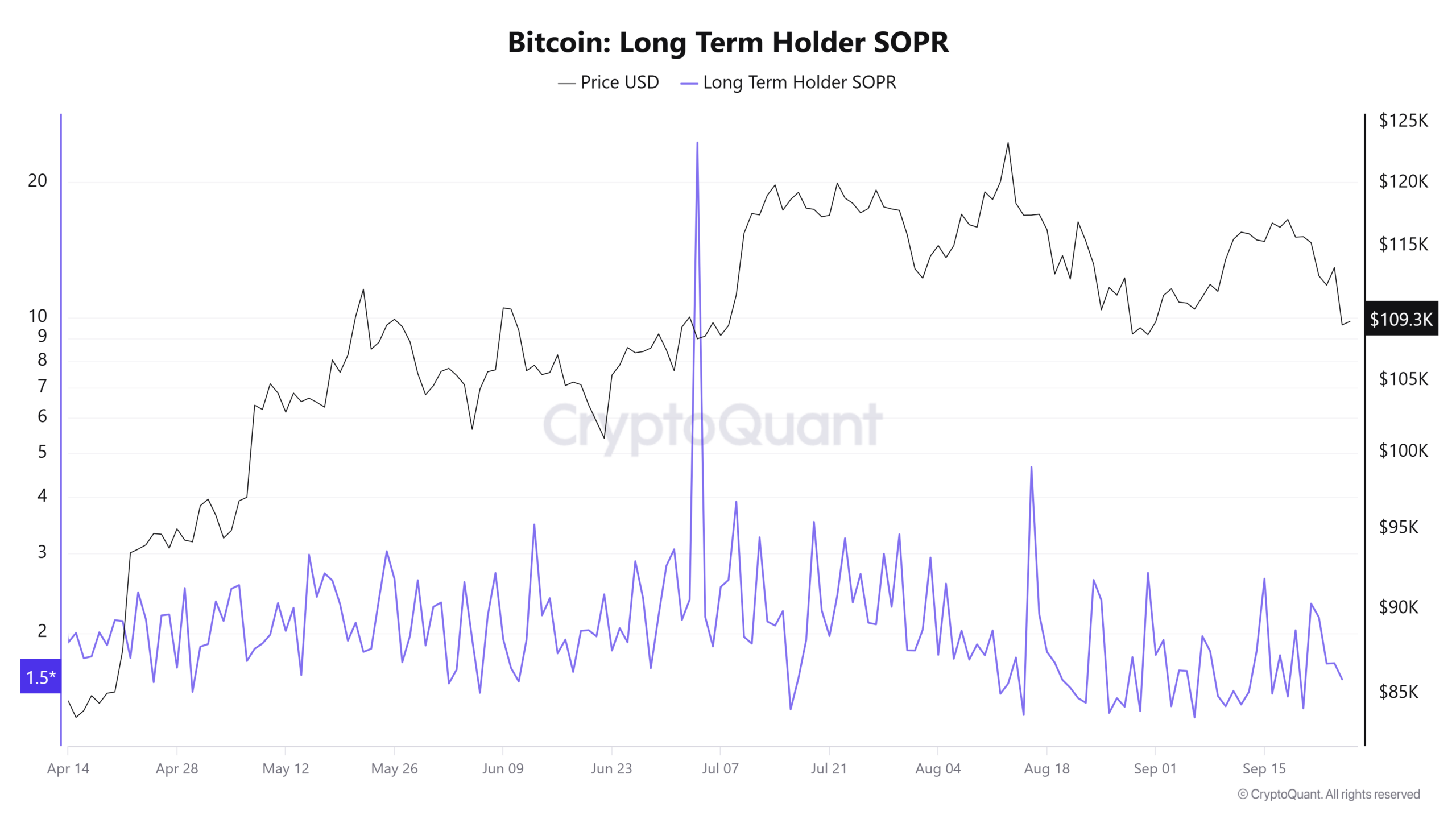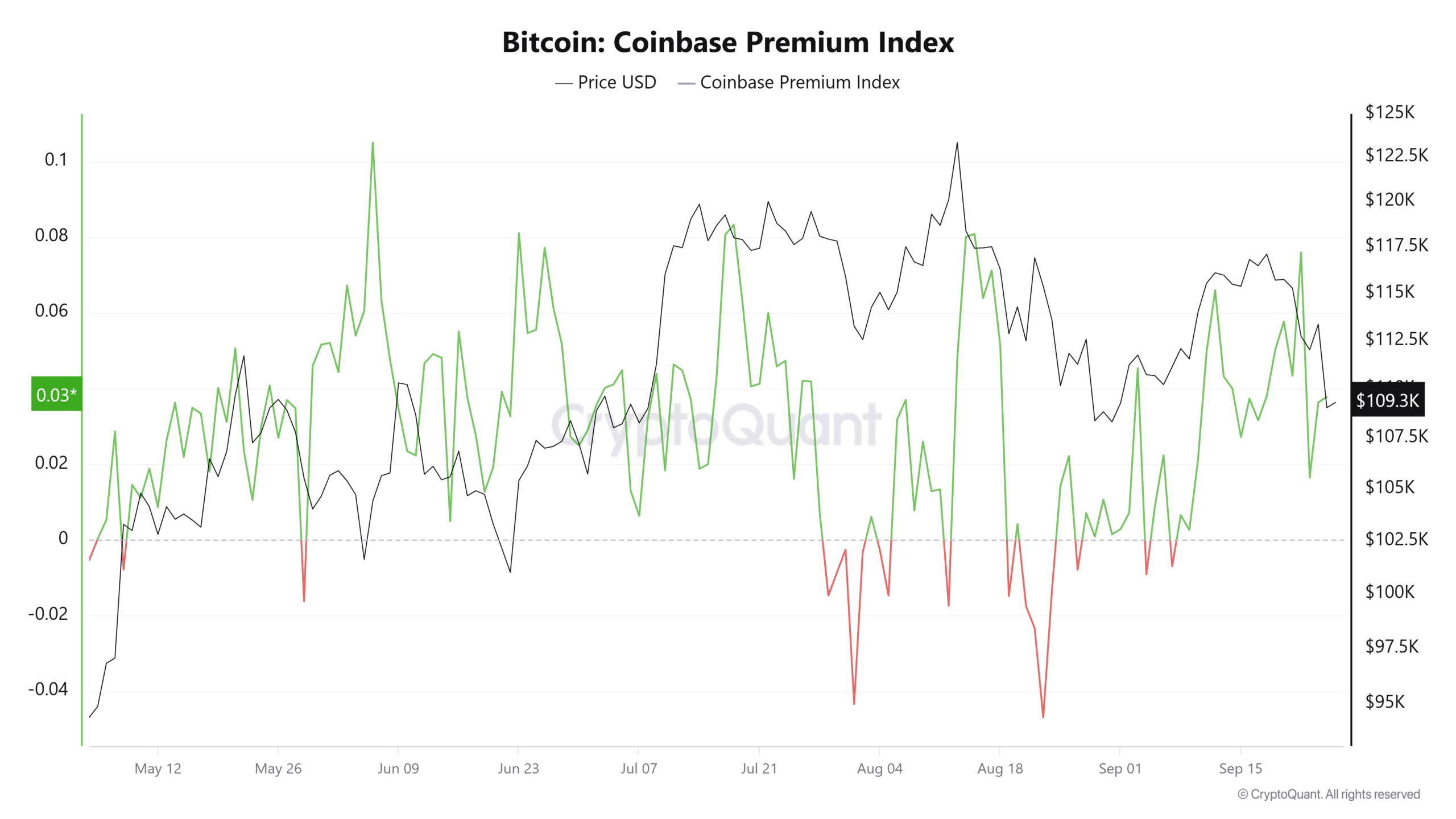Bitcoin liquidation on 22–26 September triggered a $1.7B unwind that reduced open interest and spot-buying liquidity; this was a measured correction led by liquidations and profit-taking, not broad capitulation among long-term Bitcoin holders.
-
$1.7B liquidated across crypto on Sept 22 reduced Open Interest and pressured spot-buying liquidity.
-
Binance saw a $913M stablecoin outflow and spot BTC ETFs recorded $253M outflows, signaling shifted positioning.
-
On-chain metrics (estimated leverage ratio, LTH-SOPR, Coinbase Premium) point to correction, not widespread capitulation.
Bitcoin liquidation: measured correction, not capitulation — read analysis, on-chain data and trader implications. Stay informed with COINOTAG coverage.
What happened after the $1.7 billion liquidation?
Bitcoin liquidation on 22 September caused immediate reductions in exchange Open Interest and spot-buying liquidity. Liquidations drove a fast $3.35B drop in OI across exchanges by Sept 26, while ETF and stablecoin flows signaled repositioning by large holders.
How did exchange flows and stablecoins react?
Binance reported a one-day stablecoin outflow of $913M on Sept 24, the largest in three months. BTC spot ETF flows recorded a $253M outflow on Sept 25. These moves cut spot-buying liquidity and reflected profit-taking from institutional and large retail wallets.
Are Bitcoin holders panicking?
Short answer: no. Key on-chain metrics show liquidation-driven selling rather than mass capitulation. The estimated leverage ratio remained largely intact, indicating speculator deleveraging rather than a wholesale pullback by committed holders.

Source: CryptoQuant
What does the estimated leverage ratio tell us?
The estimated leverage ratio barely moved during the sell-off, suggesting that the OI decline stemmed from forced liquidations. This implies the broader derivative market reduced exposure, while underlying holder leverage remained stable.

Source: CryptoQuant
Is the long-term holder (LTH) behavior consistent with panic?
LTH Spent Output Profit Ratio (SOPR) fell gradually since early July but remained at ~1.57, above the breakeven level of 1. This points to profit-taking rather than forced exits by long-term investors.

Source: CryptoQuant
What does the Coinbase Premium indicate?
Coinbase Premium stayed positive despite a recent dip, showing U.S.-based investor demand did not collapse. Combined with the SOPR and leverage data, this reinforces that selling pressure was selective, not panicked.
Frequently Asked Questions
How much open interest was wiped out and when?
Open Interest fell by roughly $3.35 billion across exchanges by Sept 26, following the $1.7 billion liquidation event that began Sept 22. This was concentrated over several days of deleveraging.
Will Bitcoin drop to $105,000–$107,000?
Market commentary suggests a deeper correction toward the $105,000–$107,000 range is possible as speculators reduce risk. This projection is based on recent momentum and OI contraction, not a forecast of permanent trends.
What should traders monitor now?
Monitor OI trends, ETF flows, stablecoin movement, Coinbase Premium, and LTH-SOPR. These indicators together show whether selling is temporary or part of broader de-risking.
Key Takeaways
- Liquidation-driven correction: A $1.7B liquidation reduced OI, indicating forced exits over broad selling.
- LTHs remain mostly in profit: LTH-SOPR ~1.57 suggests long-term holders are taking profits, not capitulating.
- Flows matter: Binance stablecoin outflows ($913M) and ETF outflows ($253M) reduced spot-buying liquidity, signaling position shifts.
Conclusion
In summary, the recent Bitcoin liquidation episode produced a sharp but measured market correction. On-chain metrics — estimated leverage ratio, LTH-SOPR and Coinbase Premium — point to selective deleveraging rather than panic-selling. Traders should watch flows and OI for signs of renewed buying or further risk-off behavior. COINOTAG will continue to monitor and report updates.





